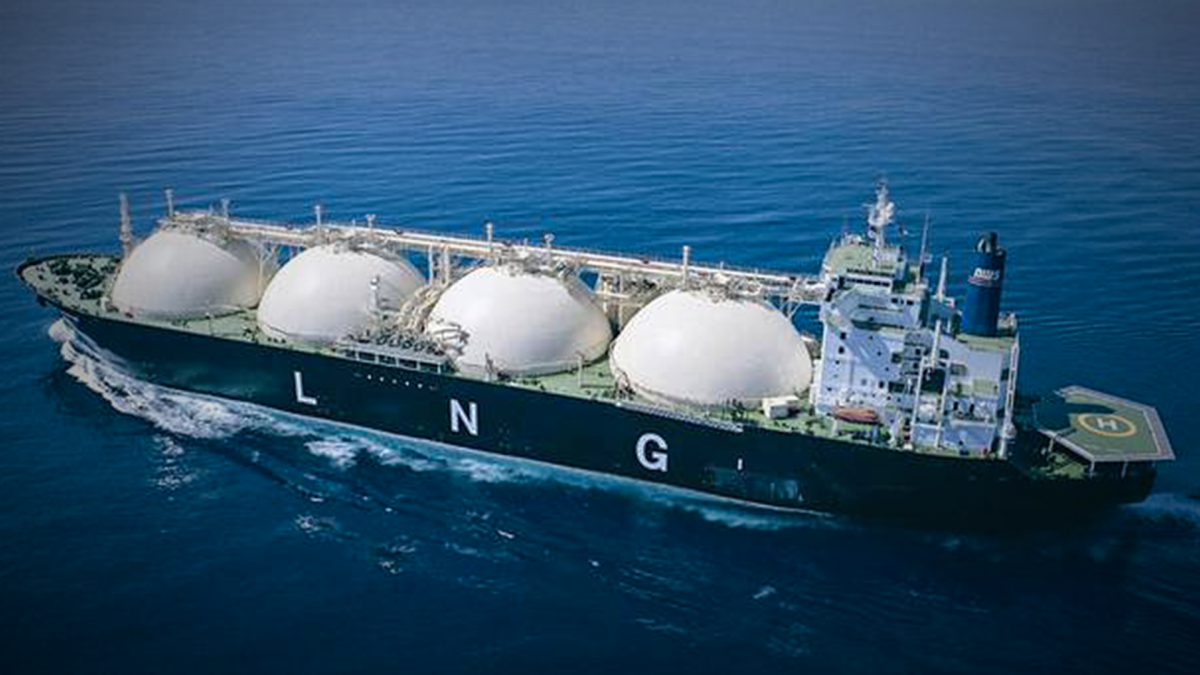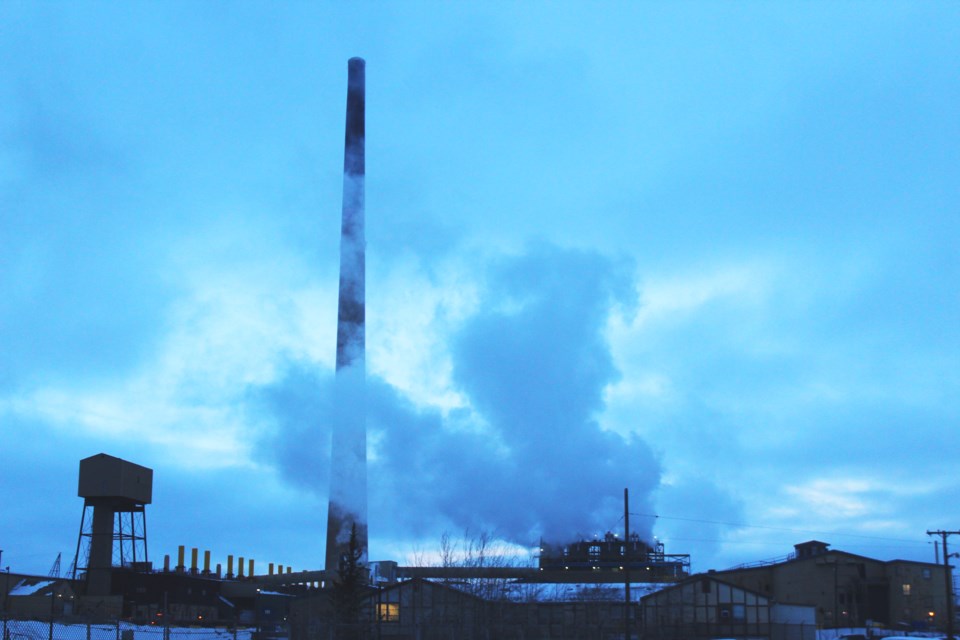British Columbia's LNG Sector: Are Projects On Track?

Table of Contents
Key LNG Projects in British Columbia: An Overview
Several major LNG projects are underway or planned in British Columbia, each with its own unique challenges and timeline. Understanding their individual progress is crucial to assessing the overall health of British Columbia's LNG sector.
-
LNG Canada (Kitimat): This is currently British Columbia's largest LNG project, located in Kitimat. It's a joint venture involving Shell, Petronas, Mitsubishi, and Kogas. LNG Canada has secured environmental approvals and is currently operational, marking a significant milestone for the province.
- Current Status: Operational
- Projected Completion Date: Operational
- Major Challenges Faced: Securing regulatory approvals, Indigenous consultation, and construction complexities.
-
Coastal GasLink Pipeline: This crucial pipeline is a critical component of several LNG projects, transporting natural gas from northeastern British Columbia to the LNG Canada facility in Kitimat. Its construction has faced significant challenges, including protests and legal battles.
- Current Status: Operational
- Projected Completion Date: Operational
- Major Challenges Faced: Indigenous land rights issues, environmental concerns, and logistical hurdles.
-
Other Projects: While LNG Canada and the Coastal GasLink pipeline are the most advanced projects, other proposals, such as Pacific NorthWest LNG, exist, although many face significant hurdles and are currently stalled or cancelled. These projects highlight the complexities and risks inherent in developing LNG infrastructure in British Columbia. Smaller scale projects, leveraging the existing infrastructure of FortisBC, are also being considered.
Regulatory and Environmental Considerations Impacting British Columbia LNG
The development of LNG projects in British Columbia is subject to a rigorous regulatory framework that addresses environmental concerns. This includes comprehensive environmental impact assessments and stringent regulations to mitigate potential negative impacts.
- Key environmental permits and approvals required: These include approvals under the federal Canadian Environmental Assessment Act and BC's Environmental Assessment Act, along with various water licenses and permits.
- Measures to minimize environmental impact: Projects are increasingly incorporating measures such as carbon capture and storage (CCS) technologies to reduce greenhouse gas emissions. However, the effectiveness and scalability of CCS remain subjects of debate.
- Challenges in balancing economic development with environmental protection: Striking a balance between economic growth and environmental sustainability is a crucial challenge for British Columbia's LNG sector. This often requires extensive Indigenous consultation and addressing the concerns of environmental groups. Balancing the economic benefits of LNG development with Indigenous land rights continues to be a significant issue.
Economic Impact and Job Creation: Assessing the Benefits of BC's LNG Sector
The development of British Columbia's LNG sector is expected to generate significant economic benefits, including job creation and increased GDP growth. However, the distribution of these benefits and their long-term sustainability are crucial considerations.
- Projected GDP growth from LNG projects: The economic impact is expected to be substantial, though precise figures vary depending on the specific projects that proceed.
- Number of direct and indirect jobs created: LNG projects create numerous direct jobs in construction, operations, and maintenance, as well as indirect jobs in supporting industries. This includes opportunities for Indigenous communities through employment and contracting.
- Potential for spin-off industries and economic diversification: The development of the LNG sector can stimulate growth in related industries such as manufacturing, logistics, and technology, thereby diversifying British Columbia’s economy.
Global Market Factors and Future Outlook for British Columbia's LNG
The global demand for LNG is a key driver for British Columbia's LNG sector. However, global market conditions, geopolitical factors, and the increasing focus on climate change significantly impact the long-term outlook.
- Major LNG importing countries and regions: Asia-Pacific countries, particularly Japan, China, South Korea, and India, are significant importers of LNG.
- Factors affecting LNG prices: Global supply and demand dynamics, geopolitical events, and alternative energy sources significantly influence LNG prices, impacting the profitability of BC projects.
- Potential challenges and opportunities for BC in the future: The global energy transition towards renewable energy sources presents both challenges and opportunities. British Columbia's LNG sector must adapt to a changing energy landscape by focusing on sustainable practices and reducing its environmental footprint.
Conclusion: The Future of British Columbia's LNG Sector
The progress of key LNG projects in British Columbia is a mixed bag. While LNG Canada is operational, other projects face considerable hurdles. Balancing economic development with environmental protection and respecting Indigenous rights remain significant challenges. The global demand for LNG, coupled with evolving energy policies and climate considerations, will ultimately shape the future of British Columbia's LNG sector. The long-term success depends on effectively navigating these complexities. Stay informed about the progress of British Columbia's LNG sector by following [link to relevant resource, e.g., government website] and participating in the ongoing discussion on the future of energy in BC. The future of British Columbia's LNG sector remains a dynamic and crucial aspect of the province’s economic and energy future.

Featured Posts
-
 Ruben Amorim Casts Doubt On Manchester United Player
May 30, 2025
Ruben Amorim Casts Doubt On Manchester United Player
May 30, 2025 -
 Kodiak Shellfish Harvest Under Threat Two Successive Harmful Algal Bloom Events
May 30, 2025
Kodiak Shellfish Harvest Under Threat Two Successive Harmful Algal Bloom Events
May 30, 2025 -
 La Motivacion De Marcelo Rios La Historia Detras De La Frase Del Ex Top 3
May 30, 2025
La Motivacion De Marcelo Rios La Historia Detras De La Frase Del Ex Top 3
May 30, 2025 -
 London Hosts Gorillazs 25th Anniversary Celebration Concerts And Exhibition Details
May 30, 2025
London Hosts Gorillazs 25th Anniversary Celebration Concerts And Exhibition Details
May 30, 2025 -
 Analisis De La Caida De Ticketmaster Grupo Milenio 8 De Abril
May 30, 2025
Analisis De La Caida De Ticketmaster Grupo Milenio 8 De Abril
May 30, 2025
Latest Posts
-
 How To Watch Giro D Italia Online In Specific Region Free Streaming
May 31, 2025
How To Watch Giro D Italia Online In Specific Region Free Streaming
May 31, 2025 -
 Where To Watch The Giro D Italia Online Without Cable Free Options
May 31, 2025
Where To Watch The Giro D Italia Online Without Cable Free Options
May 31, 2025 -
 Canada Wildfires Record Breaking Evacuation And Us Smoke Impact
May 31, 2025
Canada Wildfires Record Breaking Evacuation And Us Smoke Impact
May 31, 2025 -
 Hudbay Minerals Flin Flon Operations Suspended Due To Wildfire Evacuation
May 31, 2025
Hudbay Minerals Flin Flon Operations Suspended Due To Wildfire Evacuation
May 31, 2025 -
 Saskatchewan Wildfires Early Start And Predictions For A Severe Season
May 31, 2025
Saskatchewan Wildfires Early Start And Predictions For A Severe Season
May 31, 2025
